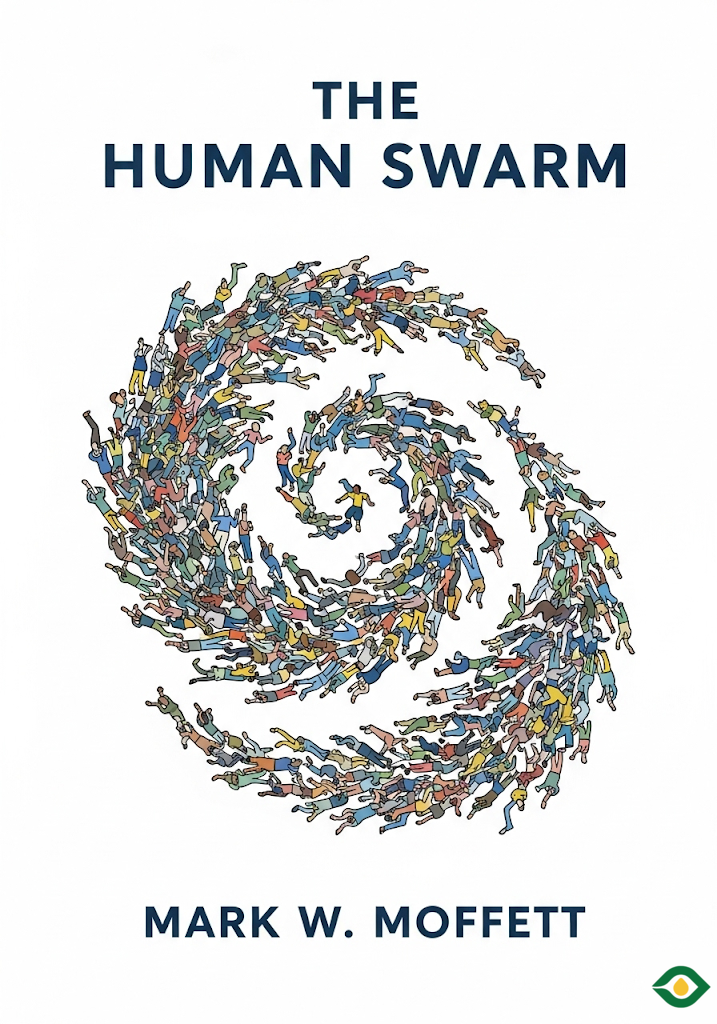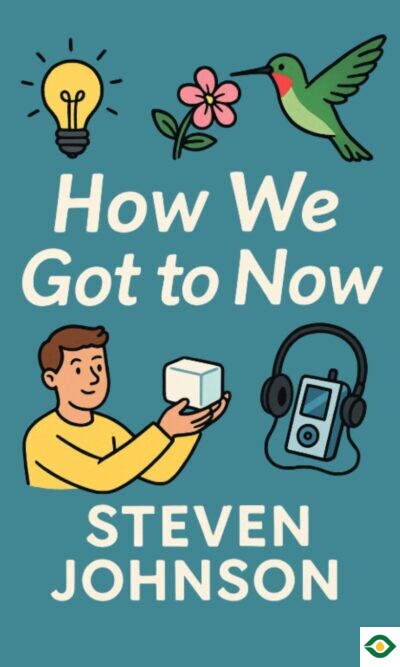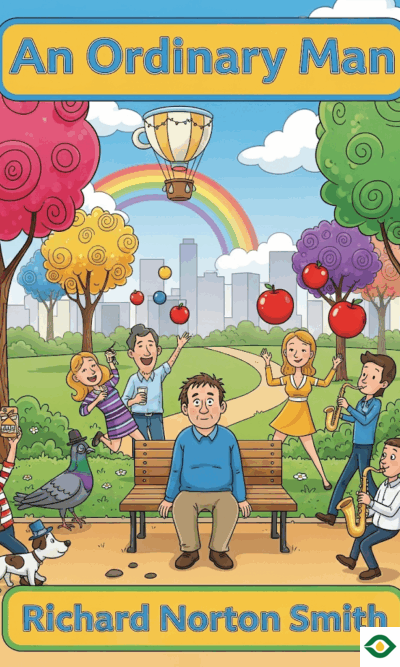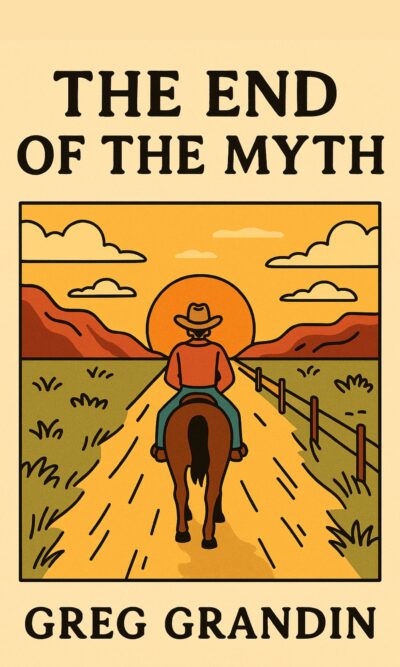Description
Human beings are social creatures, but our way of living together is not simple or ordinary. In The Human Swarm, biologist Mark Moffett explores how societies shape who we are, how they function, and why they hold such power over us. The book shows that societies are not unique to humans, but what makes ours special is their enormous size, their ability to adapt, and their ability to include complete strangers under a shared identity.
At the heart of this idea is something we often take for granted: our ability to feel a deep sense of belonging to groups far larger than our families. We may never meet most of the people who share our nationality, yet we still feel pride when our flag waves or when our team wins. This ability to extend loyalty beyond face-to-face relationships has been crucial to human survival.
Many animals live in societies too. Wolves hunt together, meerkats babysit each other’s young, and elephants protect their calves in groups. But these societies are limited in size because animals must know each individual personally. A wolf pack or a troop of monkeys cannot expand indefinitely, because their members rely on recognition. Beyond a certain point, social bonds collapse. Humans, however, have broken through this barrier. We live in nations of millions and even billions, connected not by personal knowledge but by shared symbols, values, and stories.
One of the book’s most striking comparisons is between humans and ants. Ants live in huge, organized societies that function without individual recognition. They rely on markers, such as smell, to distinguish insiders from outsiders. Ant colonies, like human nations, can include countless members who will never personally meet yet still work together seamlessly. Inside a colony, cooperation is automatic and anonymous. But when colonies meet, wars erupt. The same principle holds for human groups. We, too, accept strangers as long as they carry the right markers — a passport, a flag, an accent, or even subtle gestures that signal “us” instead of “them.”
Markers are central to understanding how societies work. They allow quick judgments about belonging. Clothing styles, languages, rituals, and even food habits serve as clues to group membership. Sometimes these signals are obvious, such as wearing a sports jersey. Other times they are subtle, like the way a person holds a glass or uses hand gestures. What’s fascinating is that humans are wired from infancy to notice these distinctions. Babies as young as three months old already show preferences for faces that resemble their own family’s race. This sensitivity to difference, deeply embedded in our biology, shows how important markers are in building and protecting societies.
Of course, markers are double-edged. They help create unity, but they also fuel division. Throughout history, societies have used markers to set themselves apart and even to claim superiority over others. Many tribal names translate simply to “the real people,” implying that outsiders are less human. Even modern nations celebrate their supposed uniqueness and strength. This pride can be harmless, as in patriotism, but it can also lead to prejudice, conflict, and even genocide.
Hunter-gatherer societies, though small in scale, also relied heavily on markers. A piece of jewelry, a type of footwear, or a tattoo could instantly reveal a person’s tribal identity. These small groups, though living in harsh and scattered environments, always knew who was “us” and who was “them.” Modern societies, though larger and more complex, still function on the same principle. Our clothes, accents, and rituals are modern equivalents of those ancient signs.
Yet humans also stand apart because we can integrate outsiders. Unlike chimpanzees, whose groups are fiercely hostile to strangers, humans can welcome immigrants, given the right conditions. Outsiders who bring skills or are willing to adapt often find a place. But integration usually comes with a cost. Immigrants are often asked to give up or hide parts of their identity in order to blend into the dominant culture. History is full of such examples, from Romans granting citizenship to foreign doctors and teachers, to modern immigrants adjusting their names, accents, or customs in order to fit in. This ability to absorb outsiders has allowed societies to grow stronger, though the process is never easy and prejudice often lingers.
Societies are also marked by a strong belief in their own superiority. From ancient tribes to modern nations, people consistently imagine that their group is special or more advanced than others. This belief can create unity within the group, but it also leads to exclusion. Outsiders are often dismissed as strange, unworthy, or dangerous. At its worst, this mindset can dehumanize others entirely, treating them not as people but as enemies or pests. The darker side of society’s pride has led to many of history’s most violent episodes.
Still, human societies are flexible in a way that sets us apart. Even though we cling to identity markers and feel suspicious of outsiders, we are also capable of redefining those boundaries. A person once considered an outsider may, over time, be absorbed into the group. Symbols like flags or national holidays help create shared experiences that bridge differences. In times of crisis, societies often pull together across boundaries that once seemed insurmountable.
Another key insight from The Human Swarm is that societies are not permanent. No nation, no empire, no tribe lasts forever. Ancient state societies often lasted a few hundred years before breaking apart into smaller units. Modern history has seen the collapse of entities like the Soviet Union and Yugoslavia, proving that even vast and powerful systems are fragile. Yet while individual societies fade, the human need for belonging never disappears. People will always organize themselves into groups, create markers of identity, and draw lines between insiders and outsiders.
Even dreams of a global human society face challenges. For all our talk of unity, history suggests that people need more than just inclusion — they also need contrast. Societies often define themselves by comparison with others. Without an “other,” a group’s sense of self becomes weaker. This may explain why even tiny islands historically hosted multiple rival societies. Conflict and contrast, while painful, seem to strengthen social identity.
The book ends by suggesting that the only thing that might unite all humans into a single society would be an external threat, something beyond our species. Former U.S. President Ronald Reagan once mused that an alien invasion might finally unite humanity. Short of that, it seems likely that multiple societies will always exist, shaping our loyalties, our fears, and our hopes.
In the end, The Human Swarm shows us that societies are both a gift and a burden. They give us belonging, protection, and identity, but they also create boundaries, biases, and conflicts. We cannot escape them, nor should we want to. They are a fundamental part of being human. Our challenge is not to erase them, but to understand them better, to use their power to connect rather than divide, and to remain aware of how deeply they shape our lives.





